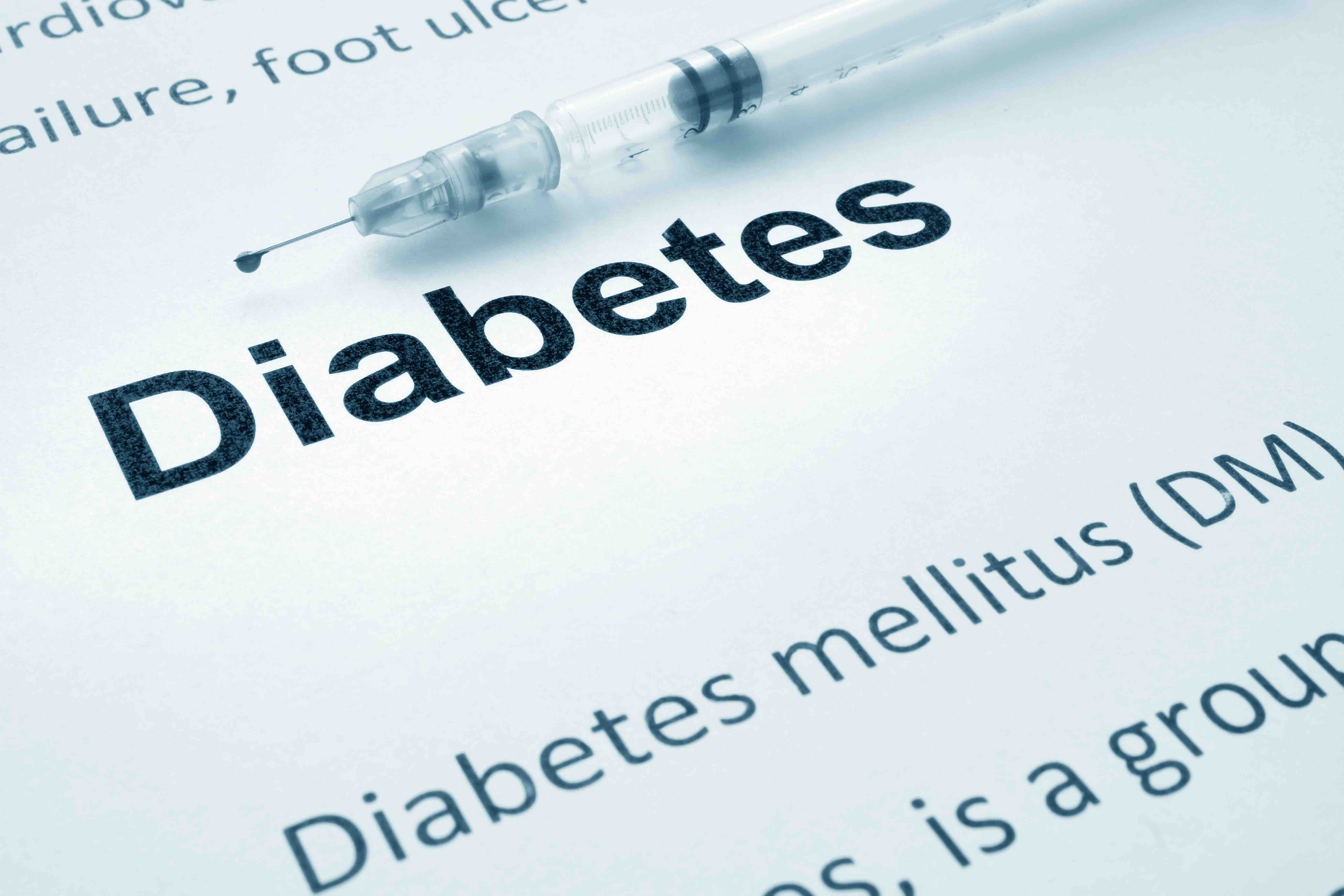Article
Life-Saving Insulin Too Costly for Many of the World's Type 1 Diabetics, Lancet Review Finds
Author(s):
The authors note that not only are insulin costs making type 1 diabetes deadly in the poorest nations; high costs are the leading reason for diabetic ketoacidosis in the inner cities in the United States.
Limited competition, import costs, and mark-ups have put the cost of insulin beyond the reach of too many people with type 1 diabetes, putting the life expectancy of patients at just a year after diagnosis in the poorest countries. Rising insulin costs threaten the health of poor residents in the richest nations as well, according to a review published today in the journal Lancet Diabetes & Endocrinology.
Insulin is used by all people with type 1 diabetes (T1D) and up to a quarter of those with type 2 disease (T2D) to control blood sugar and regulate metabolism. Without it, T1D people cannot stay alive for any length of time; those with T2D for need insulin risk serious long-term effects such as kidney disease, macular degeneration, and loss of limbs due to blood vessel damage.
The journal review represents the first part of a broader study, “Addressing the Challenge and Constraints of Insulin Sources and Supply (ACCISS).” Led by Health Action International of the Netherlands, in collaboration with Boston University’s School of Public Health and the Geneva University Hospitals and the University of Geneva, the global effort seeks to gain understanding of the complex challenges surrounding access to insulin 95 years after its discovery in Canada.
Authors David Beran, MSc; Margaret Ewen, and Richard Laing, MD, MSc; explain that before the use of insulin, children with type 1 diabetes died of starvation after surviving perhaps a few years on restricted diets and calorie counting, weighing their food and going through periods of fasting to stay alive. Today, persons with T1D can live into old age, enjoying life spans only 4-6 years less than the general population if they follow recommended diet and insulin regimens.
But insulin’s cost, and the concentration of its manufacturing among 3 companies, has created an environment that puts this life-saving therapy beyond the reach of too many people who need it, despite insulin’s listing as an essential medicine by the World Health Organization (WHO) since 2007. While the drug is most urgently needed by T1D patients, it is increasingly used by patients with T2D.
In the United States, the authors write, “discontinuation of insulin use because of the drug’s cost was the leading cause of diabetic ketoacidosis in people in an inner city setting.” The authors list the US insulin cost at $400 a month.
The authors issued a call to action for the following:
· Groups that fund diabetes research and care should allocate 5% of funds for innovation in the delivery and care of insulin.
· Insulin must be included in universal health coverage.
· WHO should investigate prequalification of insulin, and develop a regulatory framework for biosimilars and insulin. Health organizations should promote current guidelines for effective purchasing of safe, high-quality, cost-effective insulin therapy.
· A global agreement is needed to keep insulin in vial form on the market.
· The academic community and advocacy groups must “speak with one voice” when calling for better diabetes care.
The authors warned that over the past decade, there has been a rapid rise in the use of analog, or synthetic insulin, causing animal insulin to vanish from the market. “A concern is whether a similar trend in which human insulin is replaced by analog will occur,” said Beran. Older insulin forms cost less, and their retreat from the market impacts prices, the authors argue. More than half the patents on insulin are linked to the pens used for insulin delivery, not on the insulin itself—which is why the need for keeping insulin available in less expensive delivery forms is vital, the authors say.
Access varies widely in lower- and middle-income countries, and some health systems do a better job than others, the authors say. “Addressing the challenges and constraints of insulin supply will require interventions to be tailored to individual countries. Some lower-income countries, like Nicaragua, are doing very well at providing insulin for free for its population, while other countries, such as Mali are charging high prices for it even in the public sector,” Beran said.
Reference
Beran D, Ewen M, Laing R. Constraints and challenges in access to insulin: a global perspective [published February 5, 2016]. Lancet Diab Endocrinol. http://dx.doi.org/10.1016/S2213-8587 (15)00521-5.





